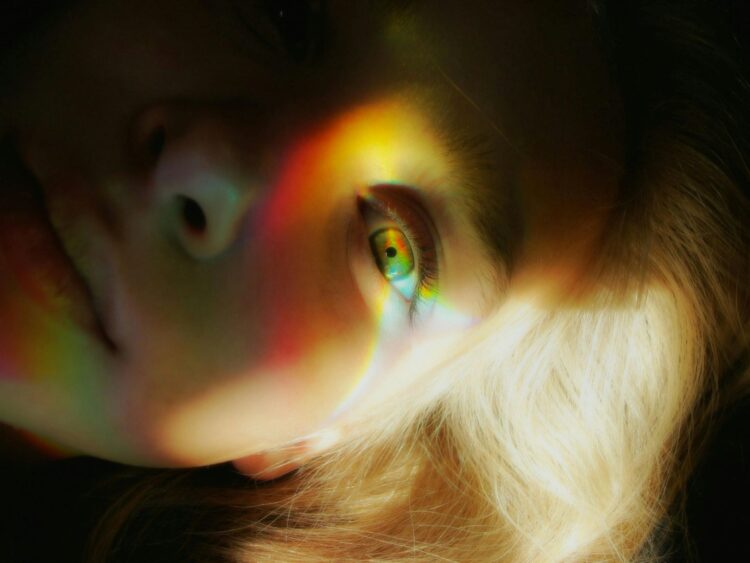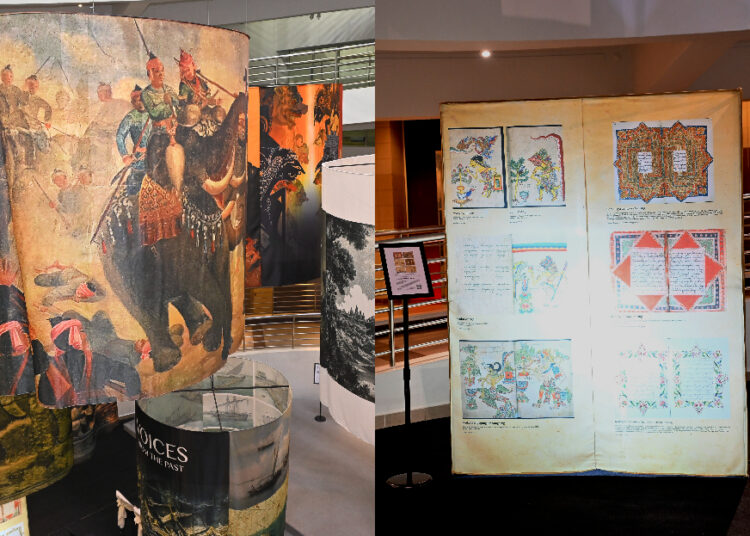Some people hear music and see colours. Not in a metaphorical “this song feels blue” kind of way – but literally. A violin might flash gold. The number seven might always appear green. Monday might taste like mint.
It might sound surreal, but this rare neurological trait is very real. It’s called synesthesia, and for those who experience it, this kind of sensory crossover is just part of everyday life.
What Is Synesthesia?
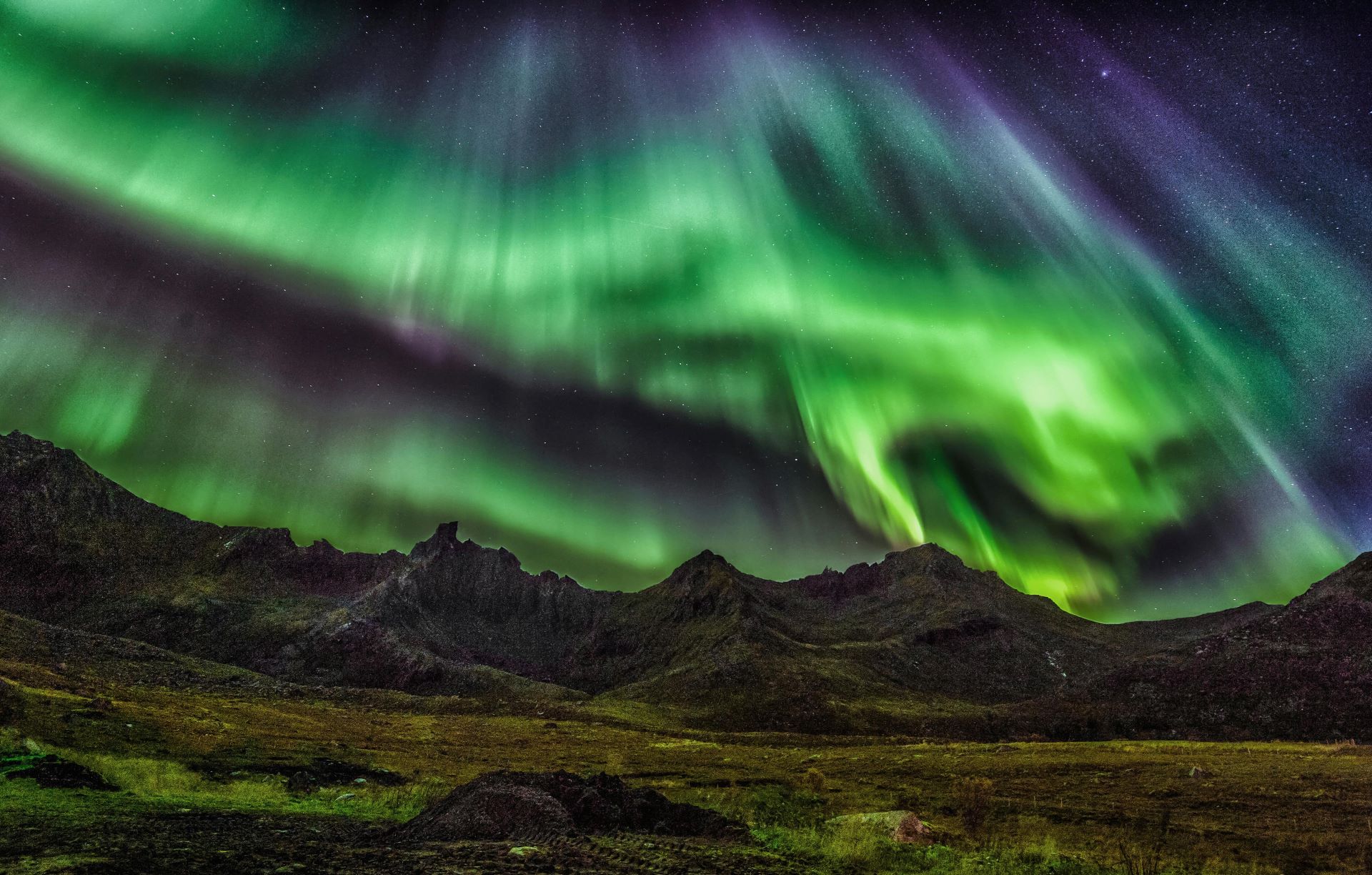
Synesthesia is a neurological condition where the brain blends sensory signals – so one sense automatically triggers another. For example, someone might hear a piece of music and instantly see a splash of colour, or read a number and feel a texture. It’s not metaphorical or imagined; these sensory pairings are real, vivid, and consistent for the person experiencing them.
What makes it especially intriguing is that synesthesia is automatic and involuntary. If someone sees the letter “A” as red, it’s always red not pink one day and green the next. It’s just how their brain is wired to make sense of the world. About 4% of the global population has some form of synesthesia, and it’s been a topic of fascination in neuroscience for decades.
How Does It Work?

Scientists are still piecing together exactly how synesthesia works, but most agree it’s linked to stronger connectivity between different sensory regions in the brain. For synesthetes, the boundaries between senses seem more fluid. When one sense is activated, it can unintentionally trigger another, creating a blended-sense experience that feels completely natural to them.
One theory, proposed by neuroscientist Dr. Vilayanur Ramachandran, suggests that synesthesia happens because the brain didn’t trim certain connections during early development. Supporting this idea, brain scans of people with grapheme-colour synesthesia show that colour-processing areas light up even when they’re viewing black-and-white letters.
What Does It Feel Like?

For people with synesthesia, the experience is vivid, personal, and surprisingly consistent. One person might always see the name “David” in navy blue, while someone else feels the number four as soft and fuzzy. These sensory pairings aren’t random, and they don’t usually change over time. Many only realise their perception is unique when they casually mention that Tuesday feels orange.
It’s not quite a superpower, but synesthesia does come with some fascinating perks. It can boost memory, creativity, and pattern recognition, which explains why it often shows up in artists, musicians, and writers. Famous names like Billie Eilish, Pharrell Williams, Vincent van Gogh, and Duke Ellington have all spoken about it. Billie, for example, sees sounds as colours – a perspective that helps shape the visual feel of her music.
Can You Develop Synesthesia?
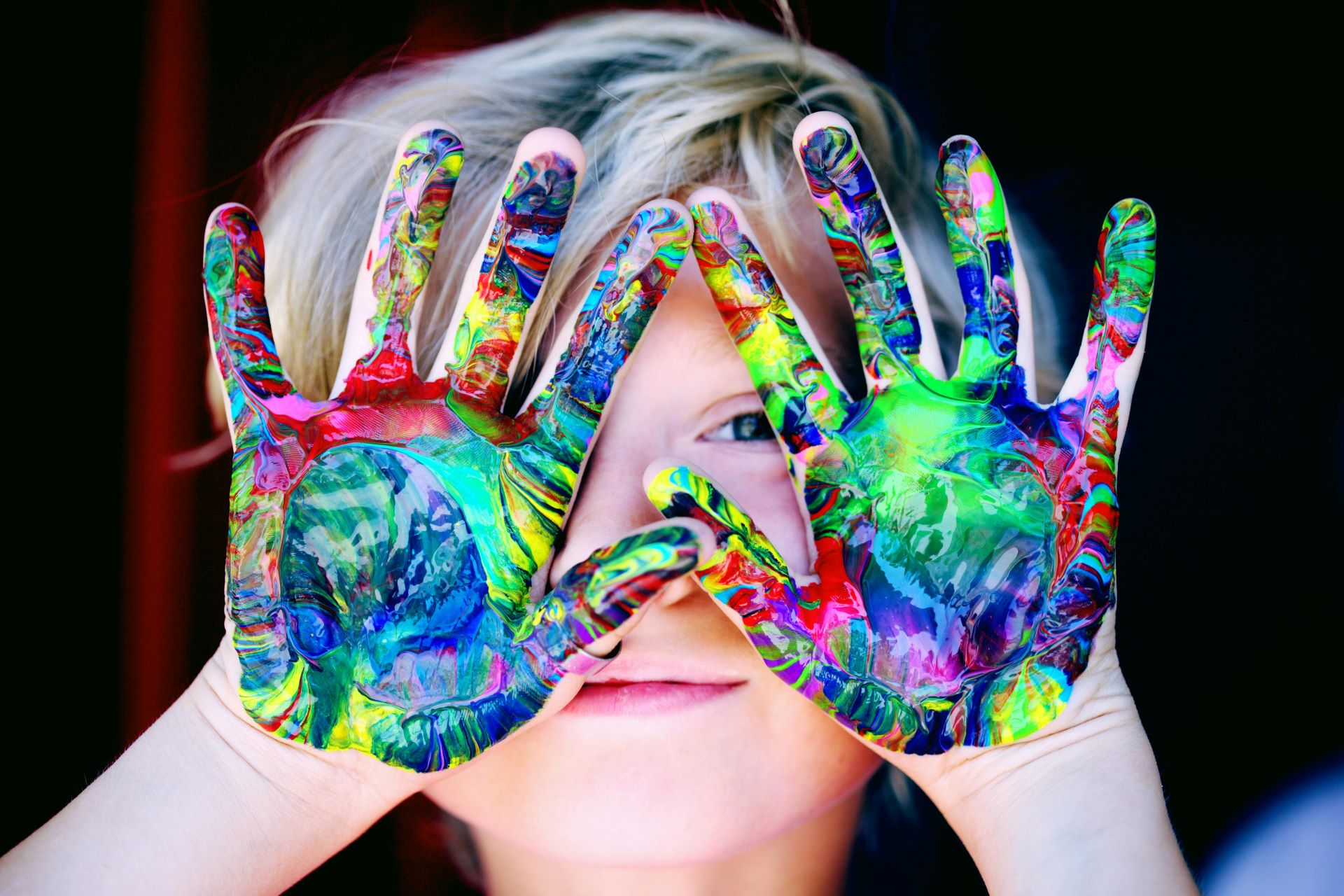
Most synesthetes have it from childhood, and research suggests it can run in families.
There are cases of acquired synesthesia, usually triggered by head trauma, epilepsy, or psychedelic drugs. These tend to be rare and temporary. You can’t just train yourself into becoming a synesthete, although some people report mild crossover effects from meditation, sensory deprivation, or, yes, certain substances.
Why Is It So Fascinating?
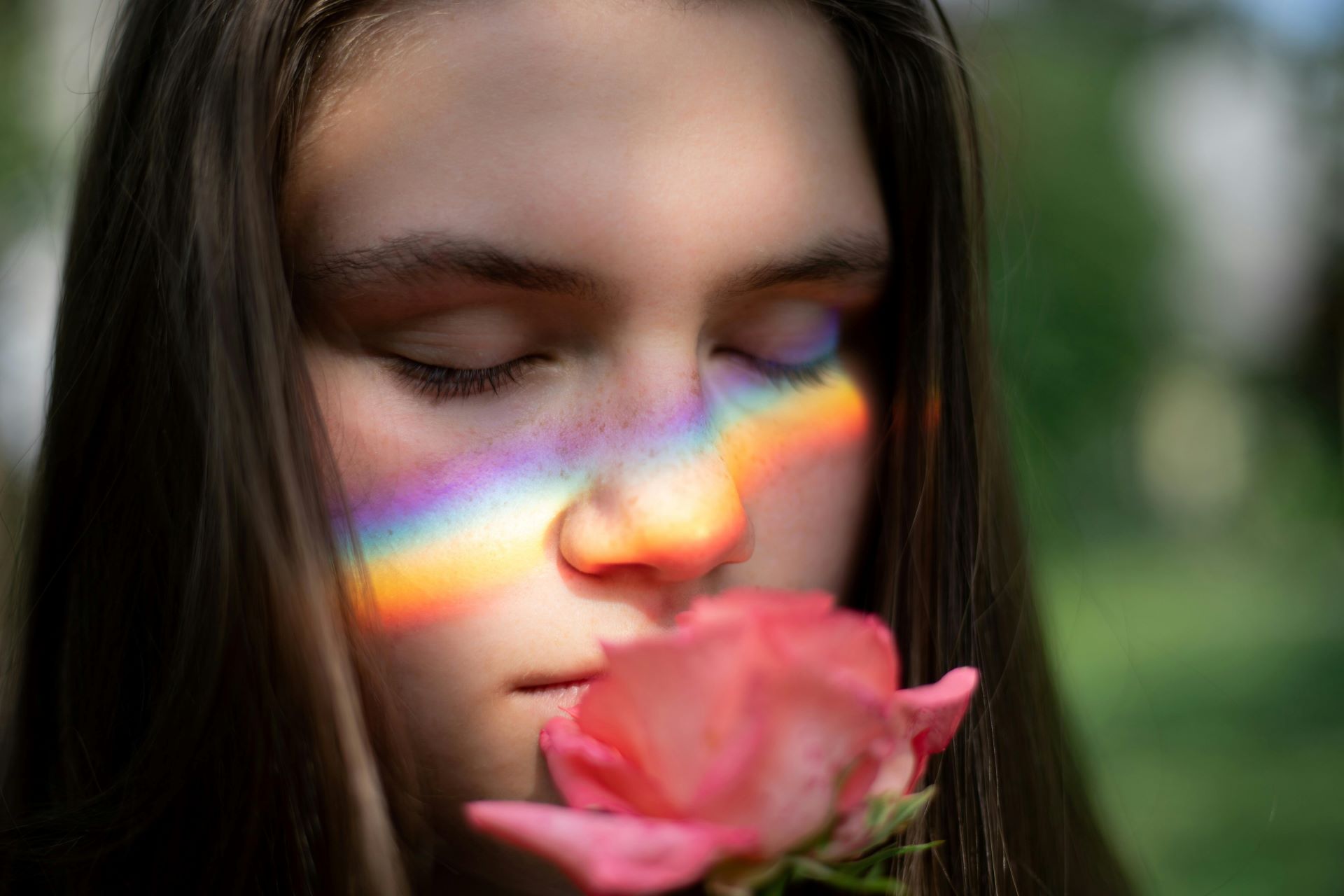
Synesthesia challenges how we understand perception itself. It shows that reality is deeply subjective and that the same sound, smell, or letter can feel radically different depending on how your brain is wired.
It also hints that traces of synesthesia might exist in all of us. Everyday phrases like “loud colours,” “warm tones,” or “sharp cheese” suggest our brains naturally lean toward multi-sensory metaphors even if we don’t literally see sounds or taste names.
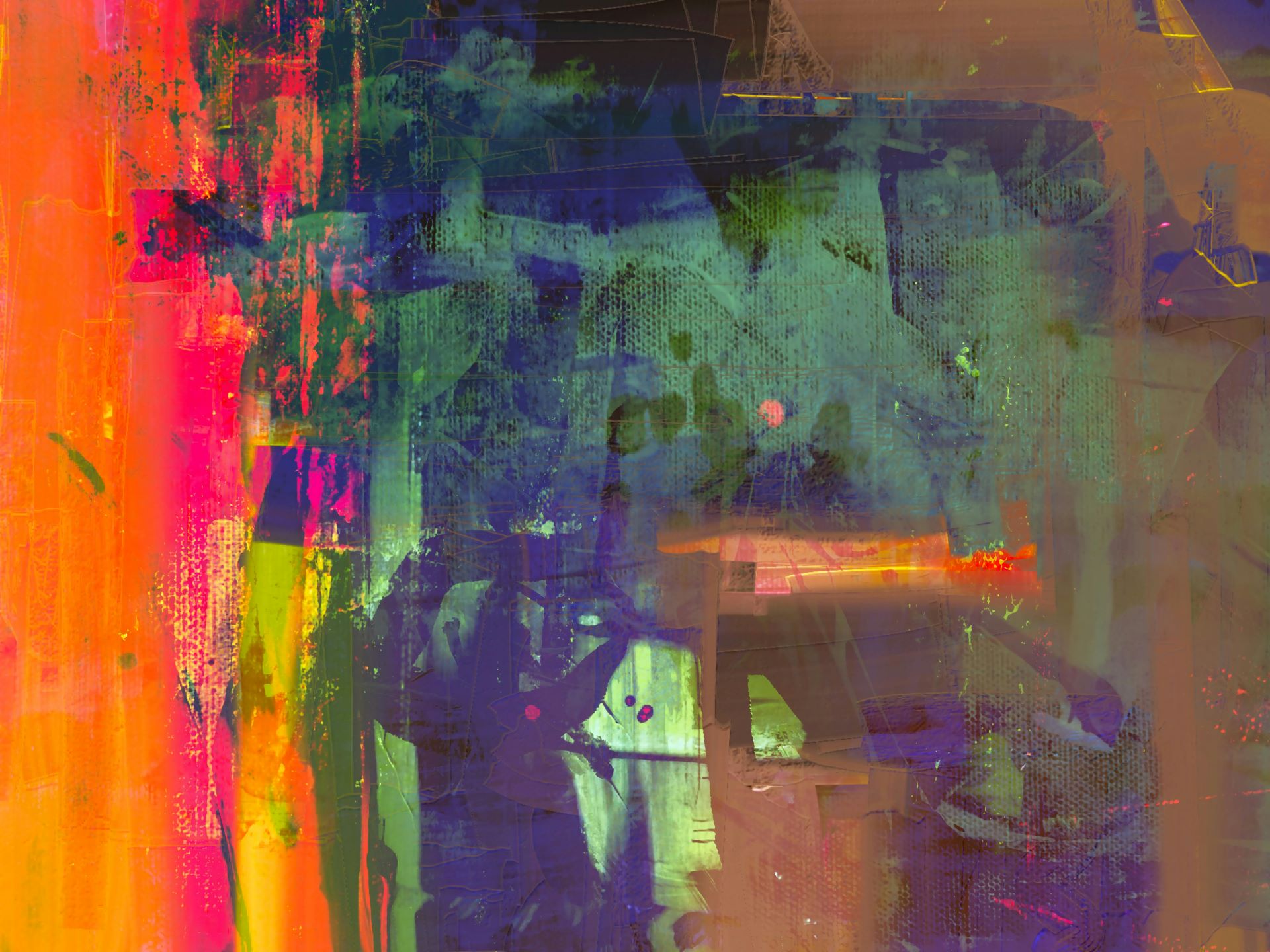
You may not see colours when you hear music, but synesthesia is a beautiful reminder of how weird, wonderful, and unique the human mind can be. In a world that’s always pushing for sameness, it’s kind of comforting to know that someone out there sees a trumpet solo as electric blue.
Sources: PLoS Biology, BBC Future, APA Monitor on Psychology

